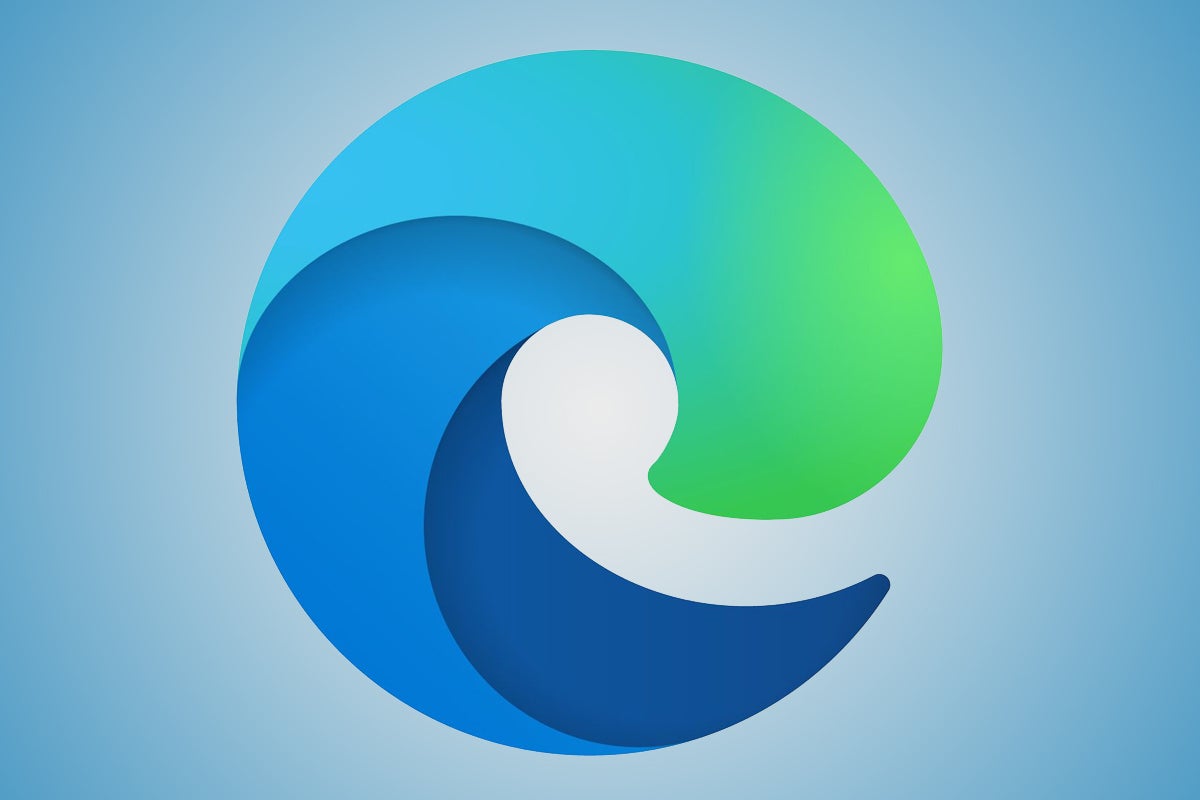- There are two administrative templates for Microsoft Edge, both of which can be applied either at the computer or Active Directory domain level: msedge.admx to configure Microsoft Edge settings; msedgeupdate.admx to manage Microsoft Edge updates. To get started, download and install the Microsoft Edge administrative template.
- I have a computer that has an air gap to the world, but I still have need of Chromium Edge. Where can I find an offline installer?
A user agent (UA) string is able to be used to detect what version of a specific browser is being used on a certain operating system. Like other browsers, Microsoft Edge includes this information in the User-Agent HTTP header whenever it makes a request to a site. It may also be accessed via JavaScript by querying the value of navigator.userAgent.
Microsoft recommends that web developers make use of feature detection whenever possible to improve code maintainability, reduce code fragility, and eliminate the risk of code breakage in the event of future UA string updates.
This new Microsoft Edge runs on the same Chromium web engine as the Google Chrome browser, offering you best in class web compatibility and performance. The new Chromium based Microsoft Edge is supported on all versions of Windows 7, Windows 8.1, Windows 10, Windows Server (2016 and above), Windows Server (2008 R2 to 2012 R2), and macOS. We adopted the Chromium open source project in the development of Microsoft Edge to create better web compatibility for our customers, and less fragmentation of the web for all web developers. We are continuing our commitment to be an active contributor to the Chromium project.
For cases where feature detection is not applicable and UA detection must be used, the format of the Microsoft Edge UA on desktop is as follows: Webex isu.

The User-Agent request header is in the following format:
The return value from navigator.userAgent is in the following format:

Platform identifiers change based on the operating system being used, and version numbers also increment as time passes. This format is the same as the Chromium UA with the addition of a new Edg token at the end. Microsoft selected the Edg token to avoid compatibility issues that may be caused by using the string Edge, which is used by the version of Microsoft Edge based on EdgeHTML. The Edg token is also consistent with existing tokens used on iOS and Android.
Mapping UA String to Browser Name
Mapping UA string tokens to a more human-readable browser name for use in code is a common pattern on the web today. When mapping the new Edg token to a browser name, Microsoft recommends using a different name than the one developers used for the legacy version of Microsoft Edge to avoid accidentally applying any legacy workarounds that are not applicable to Chromium-based browsers.
User Agent Overrides
Sometimes, a website does not recognize the updated version of the Microsoft Edge UA. As a result, a set of the features of that website may not work correctly. When Microsoft is notified about these types of issues, website owners are contacted and informed about the updated UA.
The sites often need some time to update and test the UA detection logic to address the issues that Microsoft reports to site owners. In these cases, Microsoft uses a list of UA overrides in our Beta and Stable channels to maximize compatibility for users who access these sites. The overrides specify new UA values that Microsoft Edge should send instead of the default UA for specific sites. You are able to view the list of UA overrides that are currently being applied by navigating to edge://compat/useragent in the Beta and Stable channels of Microsoft Edge.
Our Canary and Dev channels do not currently receive UA overrides so that web developers have an environment where they can easily reproduce issues on their sites that are caused by the default Microsoft Edge UA. If for some reason you require the ability to disable UA overrides in the Beta or Stable channels of Microsoft Edge, you may run the Microsoft Edge executable using the following command line argument:
Get Edge Chromium Version
As of Wednesday, January 15, Microsoft will make the non-beta version of its new, Chromium-based version of the Edge browser to Windows 10 Home and Pro users. We covered the beta version of Chromium-based Edge in November. The beta was still pretty raw then—but 'raw' is a relative term. The new Edge project began with a complete and fully functional Web browser—Chromium—so it worked fine for browsing the Web. There were just a few rough edges as far as installing extensions, logging into them, and the like.We've seen one take waxing nostalgic for the old, purely Microsoft developed version of Edge, but we don't think many people will miss it much. It's not so much that Edge was a bad browser, per se—it just didn't serve much of a purpose. Edge didn't have the breadth of extensions or the user-base enthusiasm of Chrome or Firefox—and it was no better than they are at running crusty old 'Internet Explorer Only' websites and Web apps.
While there is some validity to worrying about one company 'controlling the Web' and one of Google's biggest competitors now becoming a Google downstream, we don't think those concerns add up to much. We don't want to see the full-on Google Chrome become any more indispensable than it already is—but we don't think Microsoft trading in its own fully proprietary, closed-source HTML-rendering engine for one of the two biggest open source rendering engines is a bad thing.
We downloaded the final beta version of Chromium-based Edge—the one available on the afternoon of the 14th, one day before the official launch—and took it for a spin in a Windows 10 virtual machine. Mostly, it still just looks like a slightly plainer version of Chrome—which isn't a bad thing! Sites load snappily, UI elements are familiar, and so forth. One of the biggest obvious improvements since the last time we test-drove Chromium Edge is the ability to install extensions from the official Chrome Web store.
Edge Chromium Beta Download
AdvertisementMicrosoft's own Web store is still extremely sparse—we went looking for the must-have, EFF-developed HTTPS Everywhere, and instead we got a recommendation for 'NBC Sports'—which does not seem well-loved by its users. However, typing 'chrome Web store' in the address/search bar took us right where we needed to go and presented us with an obvious tool-tip for installing third-party extensions. That was that—HTTPS Everywhere installed with a single click, just as you'd expect it to on Chromium or Google Chrome itself.
How To Get Edge Chromium
Chromium-based Edge is still missing a couple of obvious features to compete with the full Google Chrome experience—most notably, browser history and extensions don't sync between devices yet. This is described as a temporary problem in the 'Known Issues' page, and it may even be fixed already in the production version launching today.
Pushing the new Edge as something to look forward to right now is difficult—we suspect most people who really care about their browser will continue using Chrome, Firefox, or whatever less-well-known variant they've found and learned to love. Meanwhile, the people who have actually been actively using Edge likely won't notice much of a change—unless Microsoft bobbles something in the user data import functionality when they push the official, non-beta version out through Windows Update later this month.
In all likelihood, the change absolutely will improve the lives of the folks who 'just click the blue E' in the long run, though. It will likely make it easier for Microsoft to lure more technical users—who demand feature and extension parity but might be interested in Edge's Azure authentication back-end—away from Google Chrome.
This article initially stated that Chromium-based Edge was being pushed over Windows Update beginning on the 15th; a Microsoft representative reached out to correct us: it was only available for download beginning on the 15th, and will not be pushed over Windows Update until later this month. The article has been updated accordingly.

